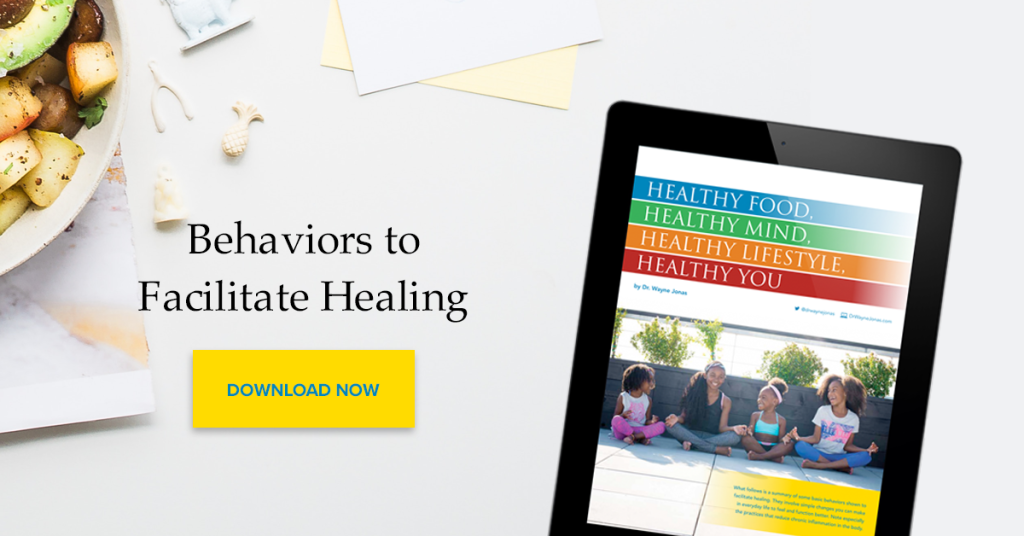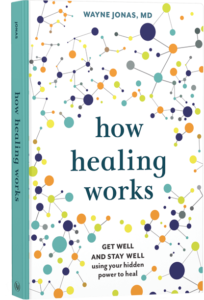As we discussed earlier this month, one of the defining factors of aging successfully is the ability to remain physically active later in life. Being able to engage in day-to-day activities and various social gatherings sets a very clear standard of health required to have the physical independence so many women desire in their later years.
Specifically, this standard is often represented in our bone health as strong bones allow you the freedom to continue exercising, they reduce your risk of falls (a major risk factor for death in older people) and afford you the opportunity to remain involved with friends and your larger community.
And building and maintaining bone health, especially for those in their sixties, means lowering your risk of osteoporosis.
An estimated one in four women in the United States over age 65 has osteoporosis, in which bone breaks down faster than it builds, weakening the structure and increasing the risk of fracture. Indeed, a fracture, often of the hip or wrist, is the first sign of osteoporosis.
Determining if you’re at risk for osteoporosis is the first step. American Bone Health offers a risk calculator that you may find useful but with a special x-ray, called a DXA scan, which is a type of bone density scan, is your most thorough resource for identifying if you’re at risk or already have the disease.
The next step is two-fold. You will need to first limit the factors that contribute to a higher risk percentage of such diseases like osteoporosis or its precursor osteopenia, if possible. Things like smoking or not getting enough calcium or vitamin D are relatively straightforward but others, such as the use of medications like corticosteroids or extended bed rest from physical inactivity, are further out of your control.
However, there are numerous other things you can do to preserve and strengthen the bone you have and prevent fractures. Here are a few to consider as you enter your later years (they may sound familiar):
Eating for Bone Health
Numerous nutrients are key when it comes to building and maintaining bone strength. Two key ones are calcium and vitamin D. While there are plenty of foods high in calcium, it’s harder to get the vitamin D you need from food alone. And without vitamin D, you’re not getting all the benefits of calcium. The two work in sync and each needs the other to provide their bone-strengthening benefits.
Food sources of vitamin D include beef liver, cheese, and egg yolks. Milk is fortified with vitamin D. If you supplement, current recommendations are for 600 IU a day for women aged 51 to 70, and 800 IU a day for those aged 71 and older. Your doctor should also regularly test your blood levels of vitamin D to ensure you’re getting enough—but not too much. Most supplements are combined with vitamin K, another important vitamin for bone health.

Exercise
When it comes to building bone, you need weight-bearing exercises that force you to work against gravity. While walking, climbing stairs, jogging, playing tennis, etc., can help slow bone loss, they don’t do anything to strengthen bone. For that, you need exercises in which you move against some kind of resistance, such as lifting weights. Even exercises using your own body weight as resistance, such as pushups and planks, can help.
Strengthening the muscles around the bones is also important. For instance, strengthening your back muscles can reduce your risk of vertebral fractures (which leads to that hunched, stooping posture you see in many elderly women).
Tai Chi and Qi Gong
These ancient Asian practices can be thought of as a meditative movement. They incorporate slow, graceful movements with deep breathing and are known for their ability to improve balance, motor function, functional mobility, step length, and cognition. Practicing either can also reduce your risk of falls. Check your local recreation department, YMCA or senior center for classes.
As women venture into their later years, remaining physically active is crucial to enjoying life and remaining in their best health. Understanding and then lowering, the risk for osteoporosis can ensure bone health is maintained and allow those aged 65 or over to continue the process of successfully aging. And, with the approaches described here, you may even be able to build upon your bone health and prevent any dangerous slips or falls.
For more information, see the full Successful Aging pocket guide here.

Your Health Into Your Own Hands Drawing on 40 years of research and patient care, Dr. Wayne Jonas explains how 80 percent of healing occurs organically and how to activate the healing process. Learn More

